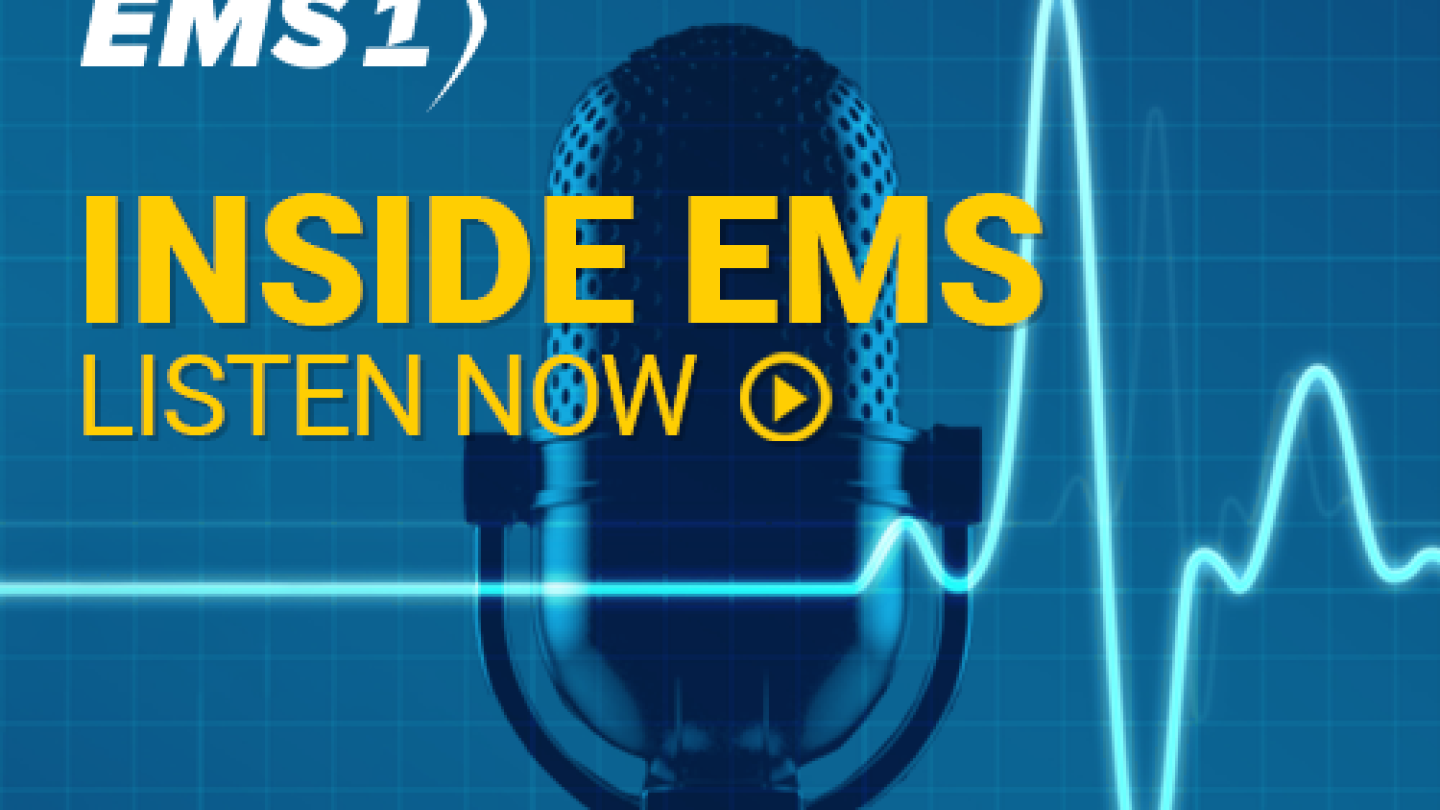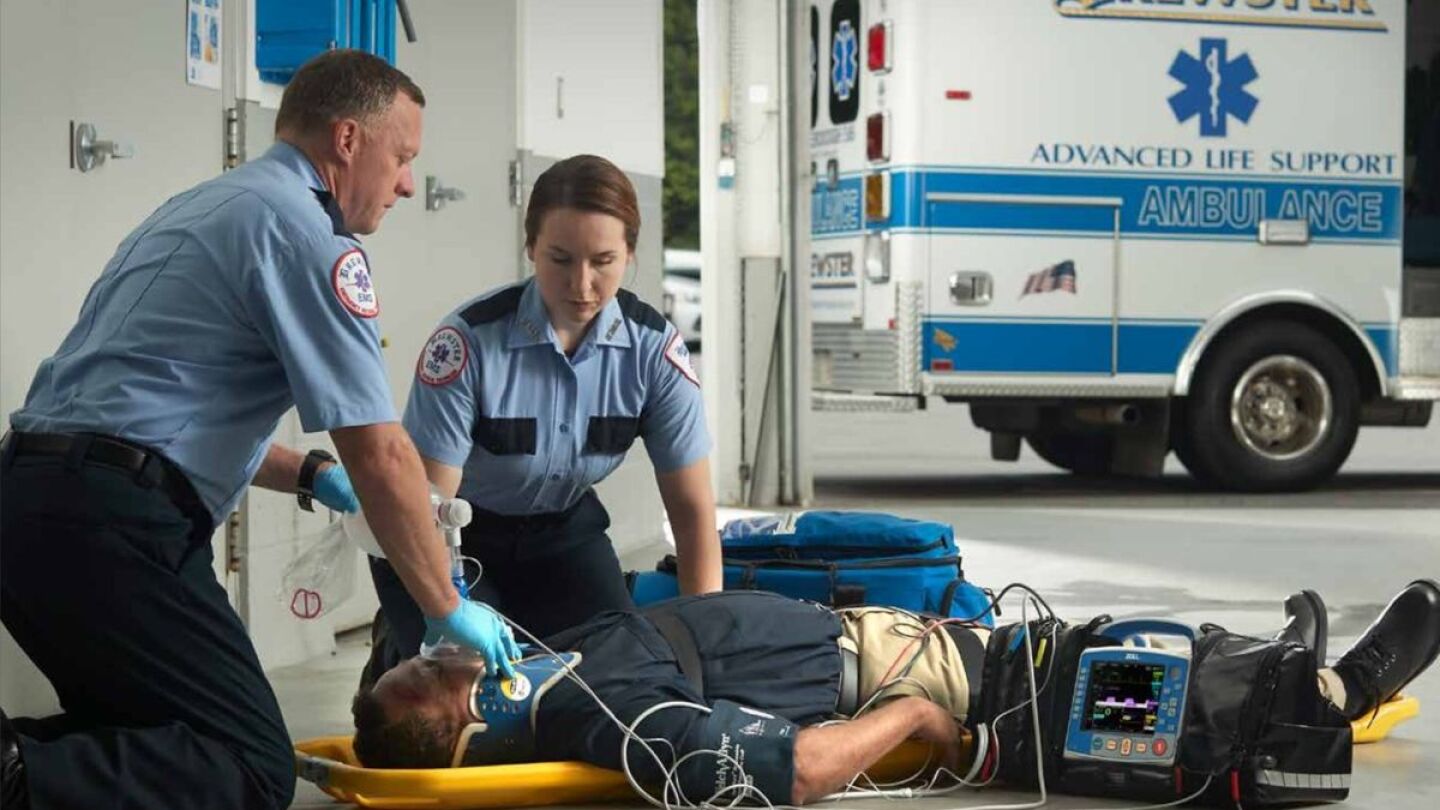Airway management
This directory provides essential articles on Airway Management, a critical skill for EMS professionals. Topics include techniques for securing airways, the use of advanced airway devices, and strategies for managing difficult airways in emergencies. Mastery of Airway Management is vital for ensuring patient survival during respiratory emergencies. For related information, explore our resources on Advanced Life Support (ALS), which often involves advanced airway procedures. Use this directory to deepen your understanding and improve your airway management skills in the field.
From the 1500s until today, techniques for placing a tube into the trachea have continuously evolved and will continue to improve in the future
Four distinct events must occur in order for an anaphylactic reaction to manifest
We train extensively on blunt trauma and GSWs, but stab wounds also present a real danger for patients
What paramedics needs to know as reports of self-medication for COVID-19 rise
Flail chest, tension pneumothorax, cardiac tamponade and pulmonary contusion have unique presentations, but all jeopardize vital functions
Norwalk firefighters’ union says a new policy will cut responses to 12 of 16 general medical alarms, despite many firefighters also being medics
EMS1 readers weigh in on adding supraglottic airways to the EMT scope of practice
In this episode, our co-hosts discuss how to use the SALAD method in advanced airway management scenarios, dishing their top tips
Reviewing the pediatric evidence for stay and play or load and go
A paramedic administered oxygen before Brito was transported to a Rochester, N.Y., hospital
5 ways to protect the patient during mechanical ventilation
The NAEMSP Discussion Forum debates EMT training, capnography considerations
Without real-time feedback to confirm ventilation rate and volume, a piece of the map is missing
Changing the way we think about and train providers on oxygen administration
The all-hands-on-deck incident required the Billings Fire Department crew to build a wooden box to assist in the rescue
Gone are the days of simply relying on visualizing the tube passing through the cords and watching for tube fogging, thanks to technology that helps verify tube placement
Springfield officers resuscitated and administered oxygen to the 3-month-old who had stopped breathing
As the winter’s surge of coronavirus cases overwhelmed Los Angeles hospitals, EMTs like Michael Diaz were forced to take previously unthinkable measures
The police officer, firefighter and EMS providers from five different departments were at the same restaurant by coincidence
In this episode, our co-hosts discuss Kelly Grayson’s recent airway management webinar (now available on-demand) and debate the best intubation tools
Test your knowledge on hyperventilation, hypoventilation and reactive airway disease capnography waveforms
FDNY EMS Local 2507 President Oren Barzilay was among the providers who answered the call for medical help
Learn how real-time BVM feedback can help you improve patient care for cardiac arrest, TBI and other critical conditions
Paramedics treated and resuscitated 26 more cats in what was called a “domesticated animal mass casualty incident”
Drs. Dickson and Patrick review the pediatric general assessment triangle
Airway management guru Kelly Grayson on when and how to escalate to a more invasive and secure airway, and when to elevate care
What we learned from the ARREST Trial about ECMO-facilitated resuscitation in OHCA refractory ventricular fibrillation
5 Texas EMS medical directors recount the operational and 911 triage challenges recent weather posed as power outages afflicted the region
Test your airway management knowledge with these 10 questions
Kim Deaton, a custodian at Amanda Elementary and a past Gratis Village EMT, performed the Heimlich maneuver on the choking fifth-grader
Two studies from the University of Minnesota examine early ECMO and the chain of survival
Ed Fox, who died due to COVID-19 two weeks after the 911 call, reportedly suffered two falls under the care of the EMS crew, who are also accused of forgetting to connect oxygen to a non-rebreather mask
Exploring the medication and treatments that allow for the best translation of paramedic skill and experience from adult OHCA care to pediatric OHCA































